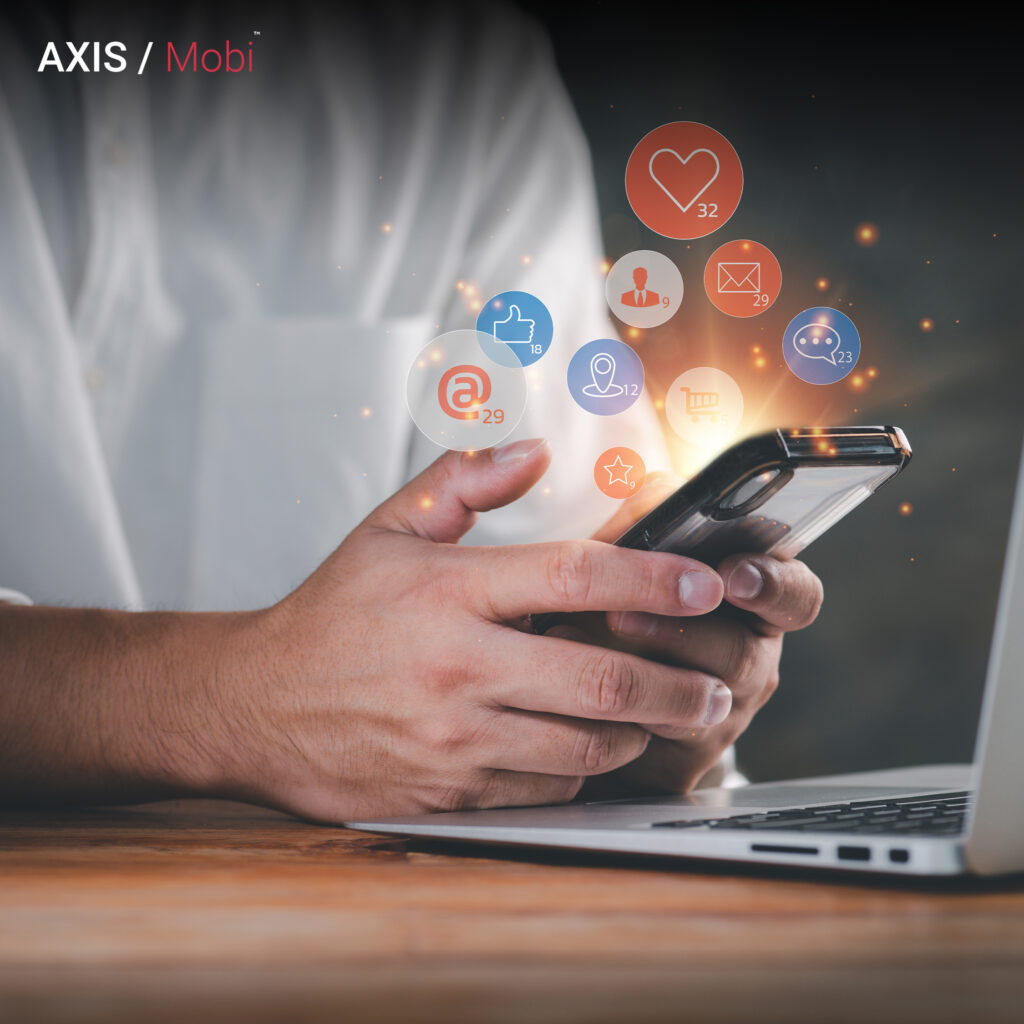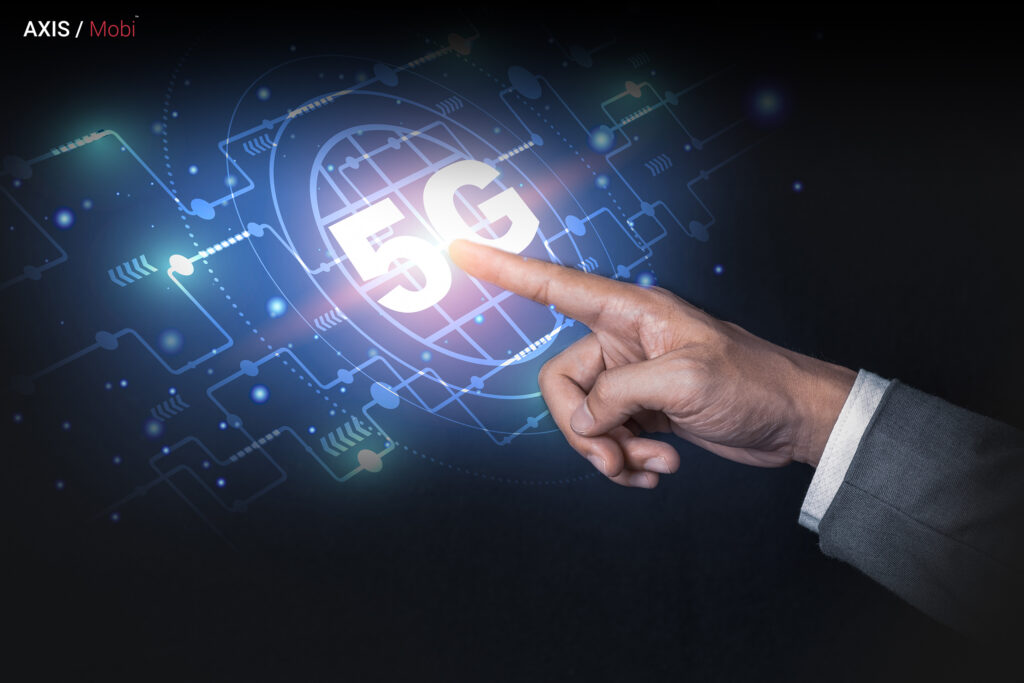Despite the strength of 4G LTE, as we strain the network to its limits, we are swiftly outgrowing it. Major cities’ current LTE networks are congested, with frequent slowdowns occurring during the busiest hours. We will require a speedier, higher-capacity system to support the billions of devices now in use due to the rise of internet-connected “smart” devices.
With these advantages and others, mobile data becomes more affordable, less power-hungry, and quick to connect to a more significant number of devices than it is now.
5G security concerns:

5G cybersecurity needs some crucial enhancements to reduce the risk of hacking. Here are some of the biggest worries regarding 5G and cybersecurity:
1.) Decentralized security: Pre-5G networks have fewer hardware traffic points of contact, making security audits and maintenance more straightforward. The dynamic software-based systems in 5G have many more routes for routing traffic. All of these must be watched over to be entirely secure.
2.) More bandwidth will strain current security monitoring: Although the speed and capacity of the present networks are constrained, this has allowed for real-time security monitoring by the providers. Therefore, the advantages of a more extensive 5G network could harm cybersecurity. The increased volume and speed will pressure security teams to devise fresh ways to thwart attackers.
3.) Lack of encryption Early in the connection process: The lack of encryption reveals device information that can be utilized for device-specific IoT-focused attacks. Hackers can identify which devices are linked to the network with the aid of this information.

On the other hand, 5G technology offers a fair share of benefits also, especially in the areas of mobile marketing and digital marketing:
(A.) MOBILE MARKETING:

1.) Usage of higher-quality advertisements: Marketers will be able to utilize playable and higher-quality video advertising thanks to the new (and increased) speed. A 10MB ad will load and render more quickly using 5G than a 2MB ad now does with 4G.
2.) Better multiplayer\online gaming experience: The capacity to send more data without sacrificing quality enables more users to participate in a single session, reduces input lag, and boosts competitiveness.
3.) Faster download time: With these enhanced download timings, app developers can expand the size of their apps, have higher fidelity assets, and have more performance enhancements.
(B.) DIGITAL MARKETING:

1. AR and VR Will Take Over: 5G technology is expected to be 100x more efficient and consistent, propelling AR and VR into the forefront of digital marketing. As of now, very few organizations have been able to optimize the power of these two, but as 5G becomes available globally, the boom of AR and VR is sure to provide its users with the best experience.
2.) Video Proliferation: The arrival of 4G technology has already witnessed a substantial increment in video advertising on phones. But with the arrival of 5G, the potential for video advertising will significantly increase.
3.) Personalization: The introduction of 5G will enable unprecedented user experience personalization. More users can contribute data, which will also become more precise and in-depth.
4.) Interactivity: These features typically require a lot of data has been one of the main challenges for digital marketers placing interactive ads on their digital channels up until now.
5.) Expand Mobile eCommerce: According to Adweek, 70% of consumers believe that connected processes, such as contextualized engagement based on previous interactions, are critical to winning their business. For mobile eCommerce, your brand must market to customers where they are, using the precise targeting that 5G allows. With 5G providing more accessible and pleasant mobile experiences, it’s no surprise that these customers will turn to mobile online shopping. Mobile eCommerce is a digital marketing step your brand will not want to miss, especially in the aftermath of 2020.
CONCLUSION

Hence, we can observe that 5G technology has a mix of benefits and potential concerns. This technology’s creators should address its hazards to provide a suitable solution and increase user security.




